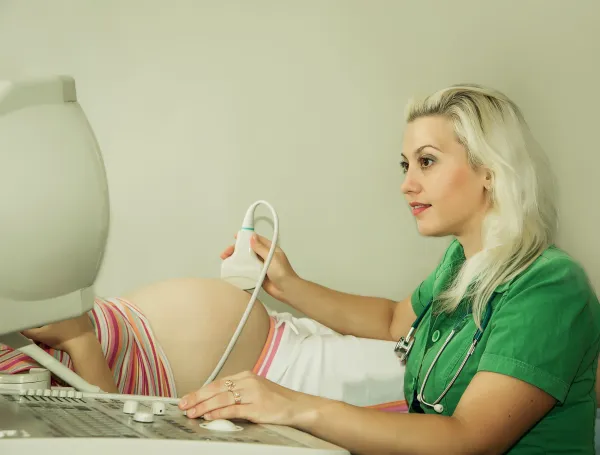
The wrong diagnosis code could cost you $44 per patient.
If your patient’s Pap smear results return as abnormal or display insufficient cells, the ob-gyn likely will perform a repeat smear. Use proper E/M coding to get the payment you deserve.
Pap smear results can return as abnormal for various reasons. Atypical squamous cells of undetermined significance (ASCUS), atypical glandular cells of undetermined significance (AGUS), or an inflammatory condition present when the smear was collected can affect the results. If the patient has an inflammation, such as vaginitis (N76.0), that affects the results of the Pap smear, the physician likely will treat the condition and perform another smear once the problem has resolved.
CPT® does not include a code for taking the Pap, and collection of the specimen is included as part of an E/M service. Therefore, when the patient comes in for a second Pap smear, you should use the appropriate E/M office visit code based on the documentation, says Jan Rasmussen, PCS, CPC, ACS-GI, ACS-OB, owner/consultant of Professional Coding Solutions in Holcombe, Wis. If the patient is returning only for the Pap smear, the level of service would more appropriately be 99212 (Office or other outpatient visit for the evaluation and management of an established patient ...). CPT® code 99212 carries 1.23 relative value units (RVUs), unadjusted for geography. That translates to about $44 for this visit.
Private payer versus Medicare: Some private payers will reimburse for handling the repeat Pap smear specimen (99000, Handling and/or conveyance of specimen for transfer from the physician’s office to a laboratory). But Medicare carriers consider the collection and handling part of the E/M service, and you should not code for it separately. In addition, Medicare will not reimburse for Q0091 (Screening Papanicolaou smear; obtaining, preparing and conveyance of cervical or vaginal smear to laboratory) for the repeat Pap smear if it is a diagnostic test. In this case, Medicare considers the service a problem E/M, not a preventive screening, and the specimen collection is part of the E/M service.
ICD-10 Codes Provide the Reason
You should use R87.61- (Abnormal cytological findings in specimens from cervix uteri…) as the diagnosis code if the ob-gyn repeats the Pap smear due to abnormal results. This code requires a sixth digit, points out Peggy Stilley, CPC, CPC-I, CPMA, CPB, COGBC, revenue integrity auditor for a practice in Norman. If you don’t include the sixth digit, this “could be a reason for a denial,” she adds.
For example, a 35-year-old woman with multiple sexual partners presents for an annual exam. She has not had a Pap smear in four years. The Pap results return ASCUS favoring benign, and the physician asks her to come back in four months for a repeat Pap to follow any abnormal cell progress. When the patient returns, you should code the appropriate E/M office visit with R87.610 (Atypical squamous cells of undetermined significance on cytologic smear of cervix [ASC-US]) because the Pap is repeated due to abnormal cells.
How to code for inadequate samples: On the other hand, if the patient requires a second Pap smear because the first sample was inadequate (that is, the lab did not have enough cells in the specimen to interpret the results), you should report R87.615 (Unsatisfactory cytologic smear of cervix). For example, the ob-gyn misses the cervical opening when taking a Pap smear because the patient is obese. The Pap result indicates the absence of endocervical cells, and the physician likely would require another Pap. In this case, you would submit the second Pap screening with R87.615, assuming this is not a Medicare patient.
“When this occurs with the Medicare patient, your diagnosis code changes to Z12.4 (Encounter for screening for malignant neoplasm of cervix) or Z77.9 (Other contact with and [suspected] exposures hazardous to health) if the patient was considered high risk,” Stilley says. “But remember, Medicare will require you to bill this repeat Pap using code Q0091 rather than an E/M service, because Medicare still considers this to be a screening.”
And since you are repeating it, you should add modifier 76 (Repeat Procedure or Service by Same Physician or Other Qualified Health Care Professional) to this Q code.
